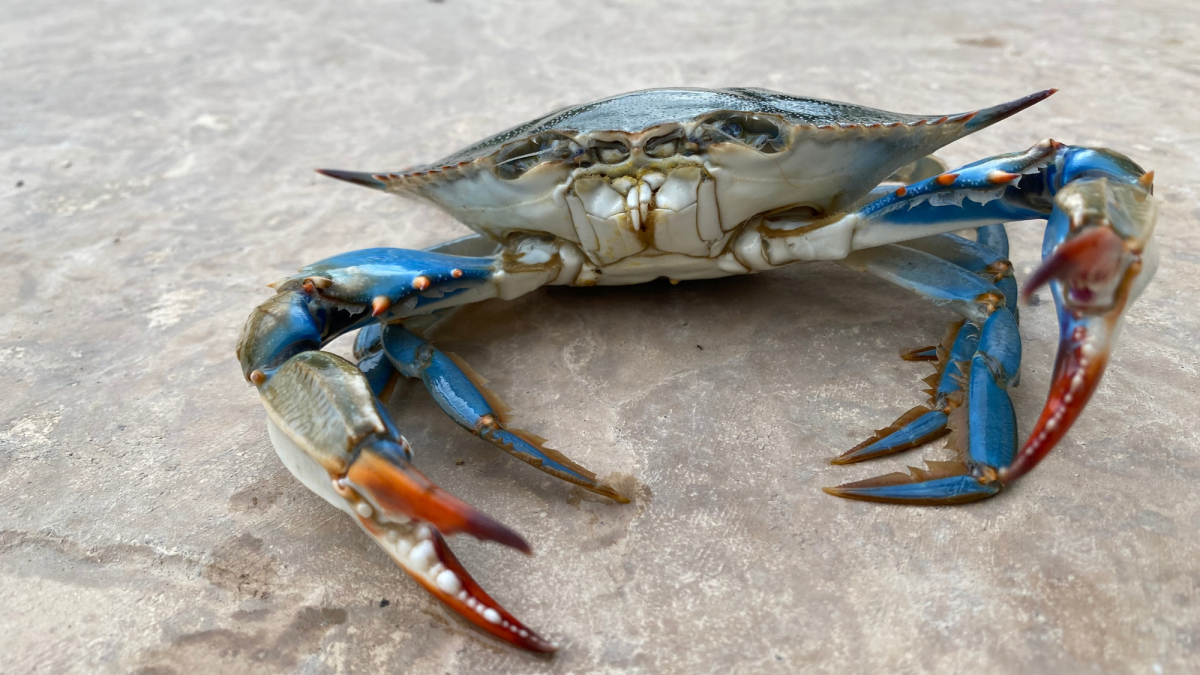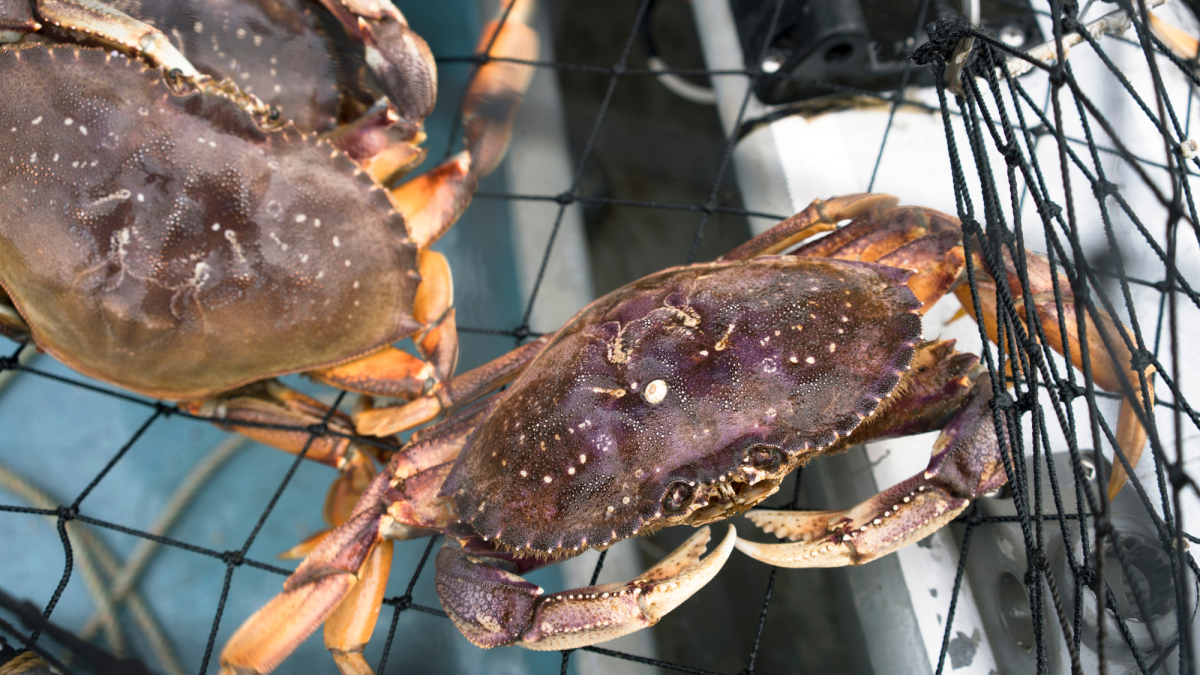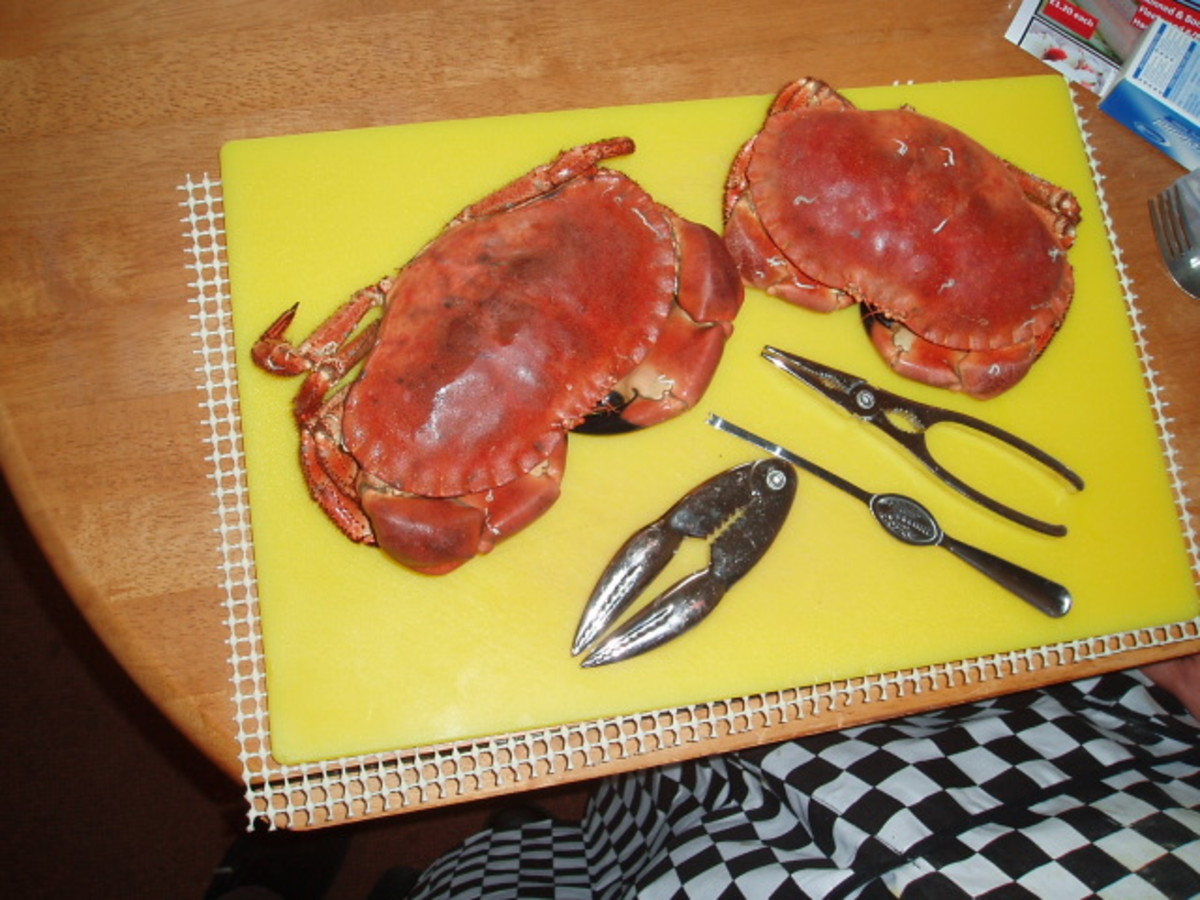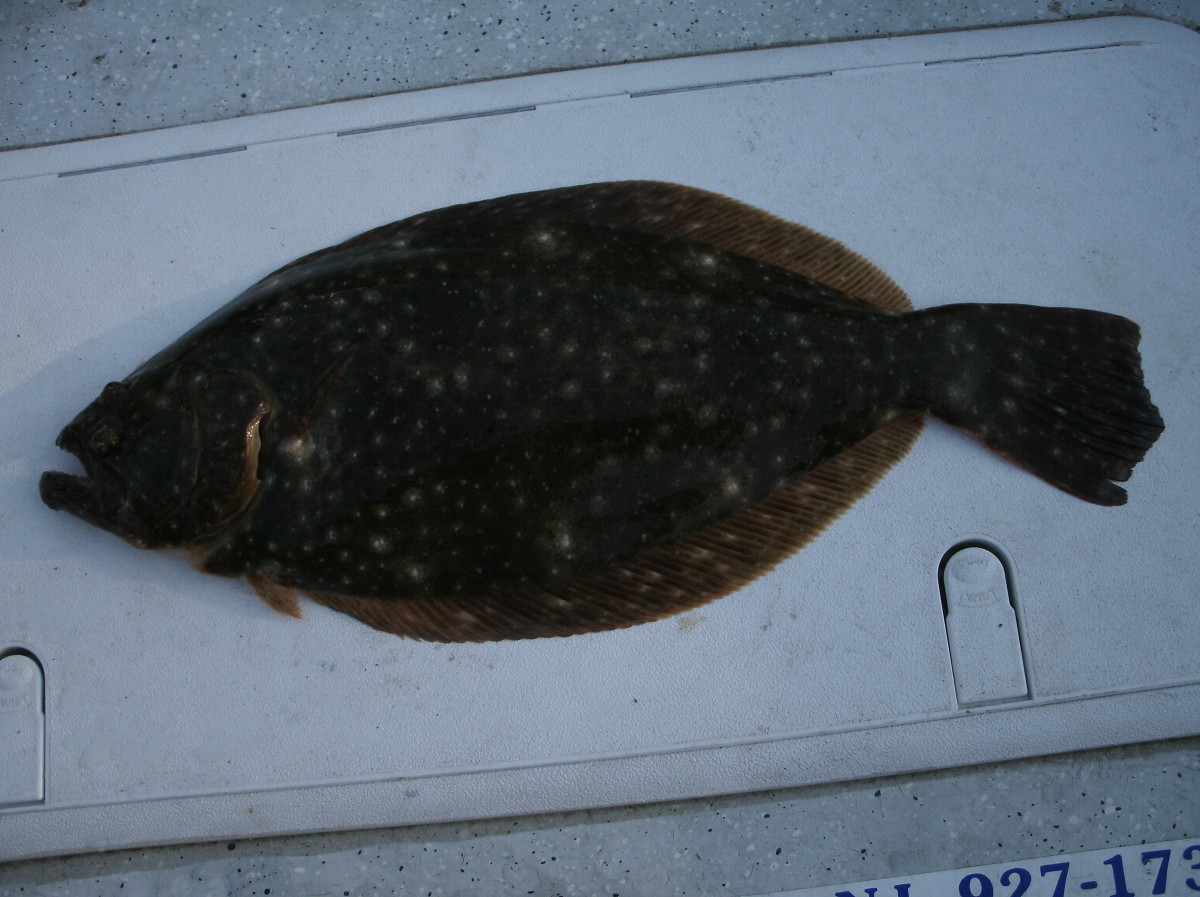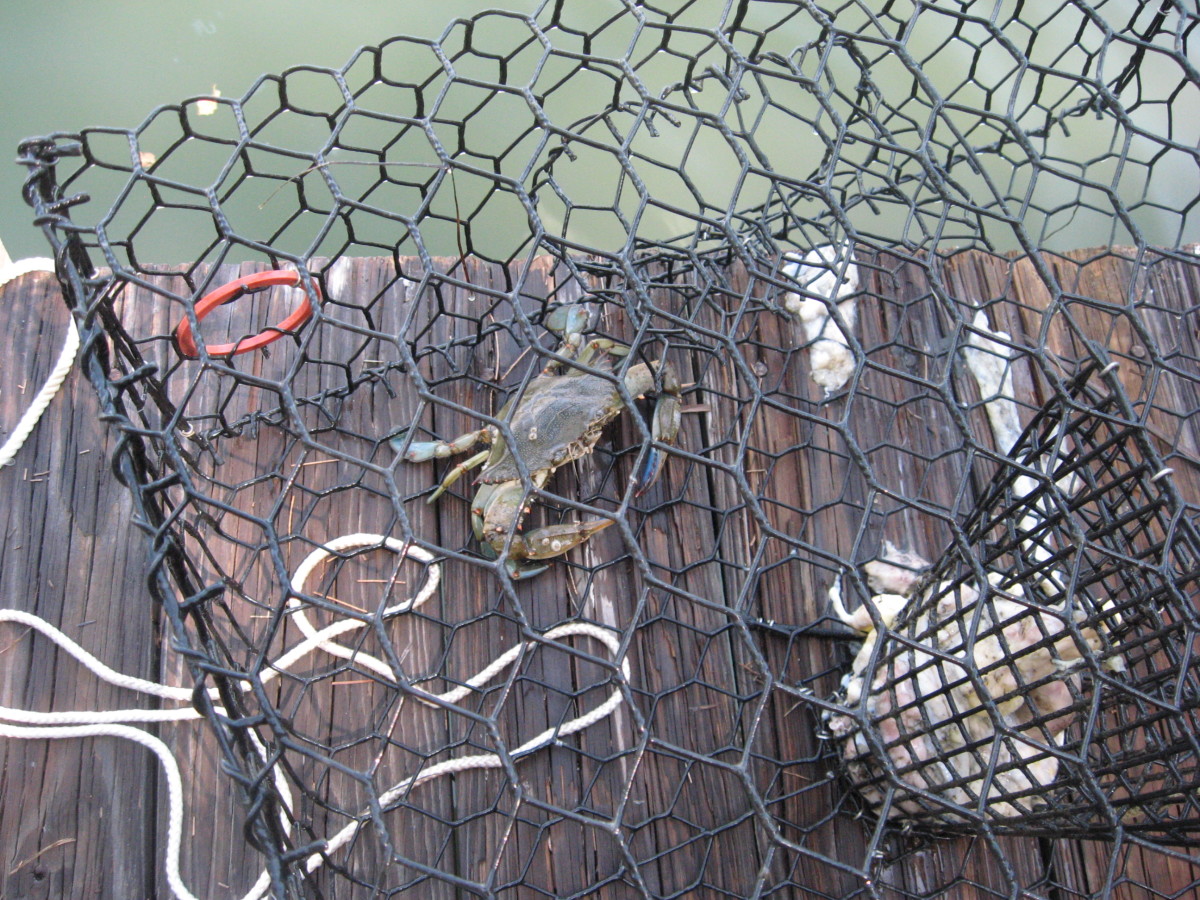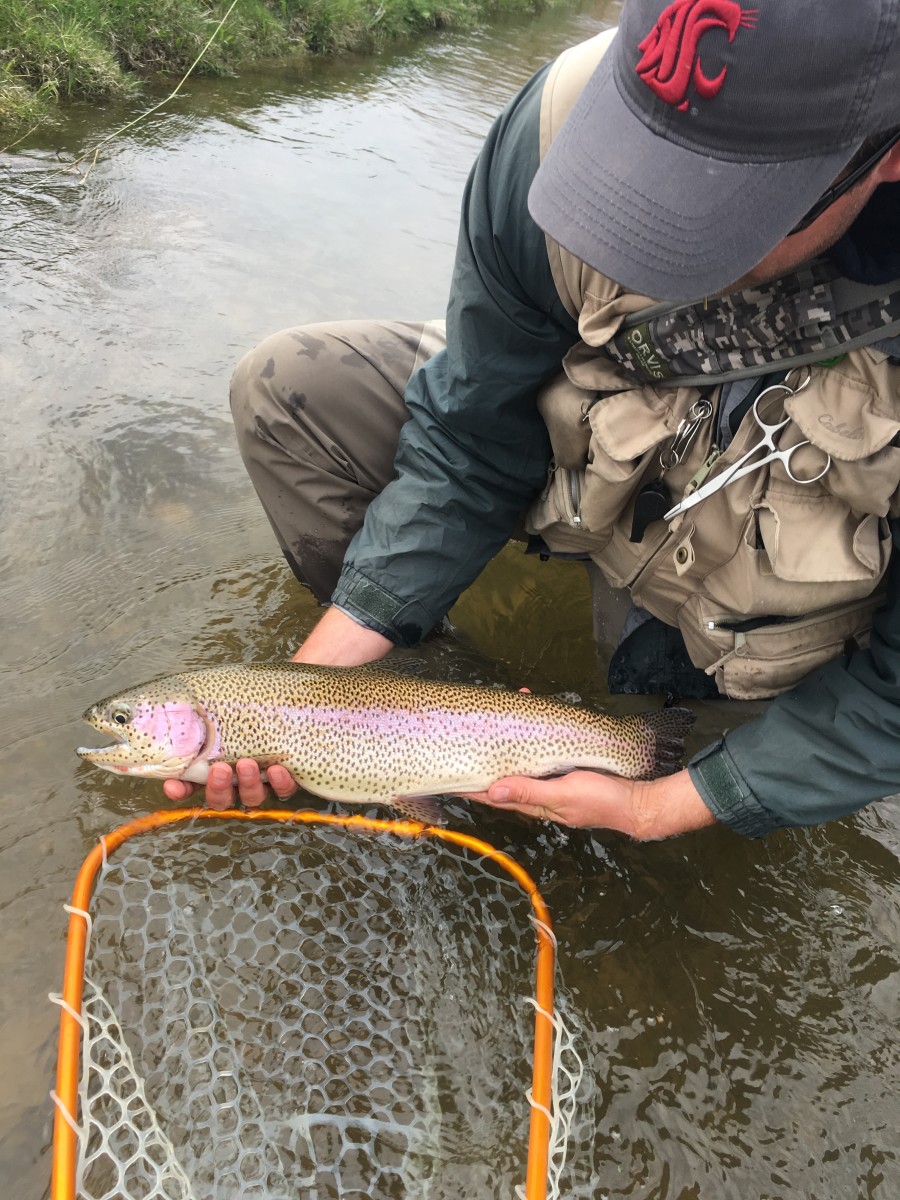Alaskan King Crab Fishing
Pots of Delicious Gold
Alaskan crab fishing is very dangerous and considered by many to be the most dangerous job in the world. However, no matter the risks, King Crab is in high demand, which means big money for those fisherman who brave the unpredictable bering sea and surrounding fishing grounds.
In Alaska, three species of king crab are caught commercially:
• the red king crab, found in Bristol Bay, Norton Sound, and the Kodiak Archipelago
• blue king crab St. Matthew Island and the Pribilof Islands,
• and golden king crab.
The red king crab is probably the most prized of the three for its meat. A fourth variety of king crab, the scarlet king crab is too small and to rare to be commercially viable, even though its meat is considered sweet and tasty. Specific size requirements must be met: only certain types of king crab are legal at different times of the year and only males can be kept.
Alaska King Crab Fishing History - Pots of Gold
Commercial Fisheries
King crabs are most commonly fished using pots, large 600- to 700-pound steel frames covered with nylon-webbing. Commonly, each pot is baited, with chopped herring, and then dropped to the water where it sinks to the bottom and is generally allowed to soak for one or two days when fishing red or blue kings, but longer when fishing for golden king crabs. Buoys attached to the pots with heavy line are retrieved and lifted onto the boat by use of powerful hydraulic systems. Boats fishing king crabs are 40-200 feet long, the largest cost several million dollars. Those vessels fishing in the Bering Sea or Aleutian Islands average over 100 feet. King crab fishing can be very dangerous due to the heavy pots, coils of line, long hours, and rough seas which at times can exceed 20 feet! Only male crabs can be legally sold. Minimum width size limits vary by species and management area, ranging from 4 3/4 inches in Norton Sound to 8 inches in Southeast Alaska.
Historically, the red king crab fishery has been Alaska's top shellfish fishery. Since statehood in 1959, U.S. fishers have harvested nearly 2 billion pounds of red king crab worth $1.6 billion from Alaska waters, making red king crabs the second most valuable species to fishers during this period. Sockeye (red salmon), has been the most valuable species.
King Crabbin - Bering Sea Red king Crab Fishing
Alaskan King Crab Fishing
Disclaimer: The content of this page is not affiliated with the company names or products discussed, listed, presented or shown. The information provided is for general information purposes only and without warranties of any kind. Company names and products shown may be trademarks of their respective owners.

